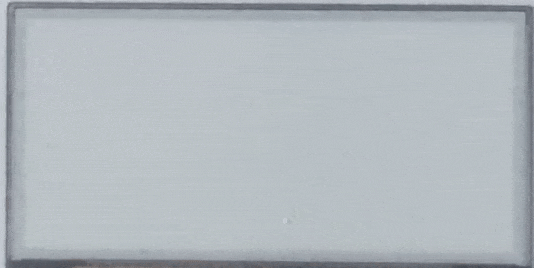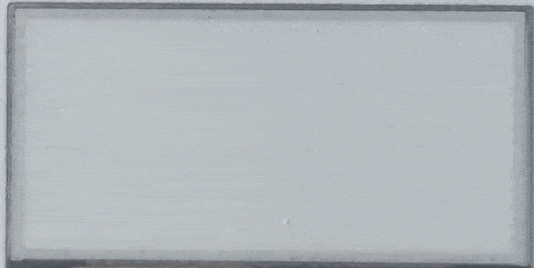Now that our prototypes are working, we want to take a closer look at our e-paper displays and their features. Today we want to talk about update modes. What are update modes? Basically they are the way how the displays content is driven.
The standard mode is the so called "Full Update".
It looks like this:

All of the displays pixels are driven to black, then to white, then to their specific target gray level. This results in a lot of flashing, but as we drive the pixels to their extremes, we get a nice, defined end result.
Most e-paper displays only let you use the full update mode. This is mostly due to restrictions given by the display's manufacturer.
But Paperino is different. We also support the so called "Partial Update". In this mode only the pixels that really need to change are driven. This results in less flicker and less power consumption and looks like this:

I know I wrote "It is faster..." on the display but technically it isn't. Both update modes take about 0.8s for an update at room temperature. We have a third update mode, which is faster, but I'll talk about that in a future update.
So why don't we use partial updates all the time? Why bother with all the flickering? The optical performance of a full update is way better. You get better contrast and a well defined image. If you use partial updates too often, you'll get the so called "ghosting" effect. Ghosting looks like old display content is burned in and shows through in the new image. You can get rid of ghosting by doing another full update.
So that's it for update modes (spoiler alert: it isn't! There is one more to come.). In the gifs you can also see the 4 gray levels we advertised in the project details. We'll talk about them another time.
 Markus
Markus
Discussions
Become a Hackaday.io Member
Create an account to leave a comment. Already have an account? Log In.